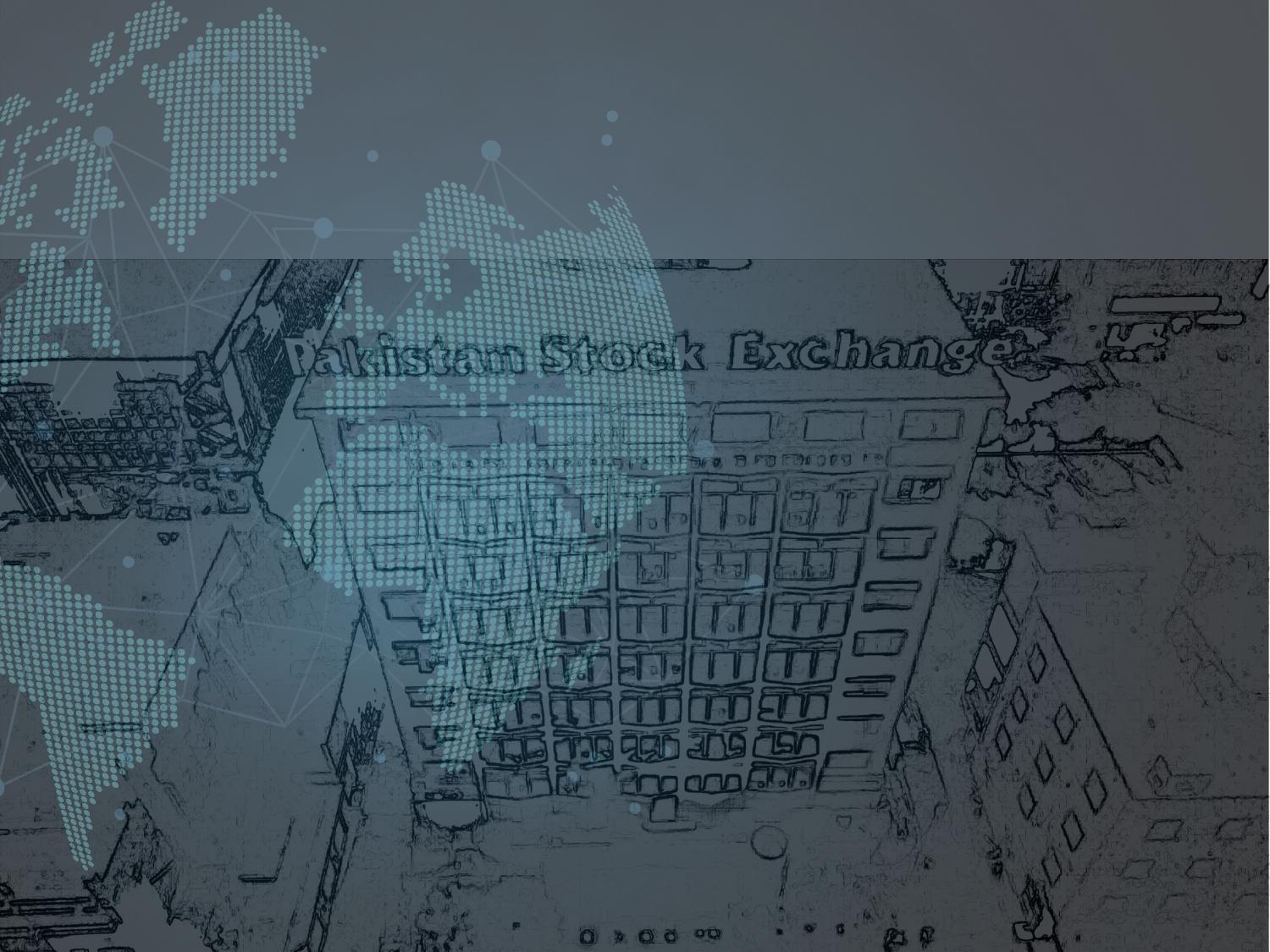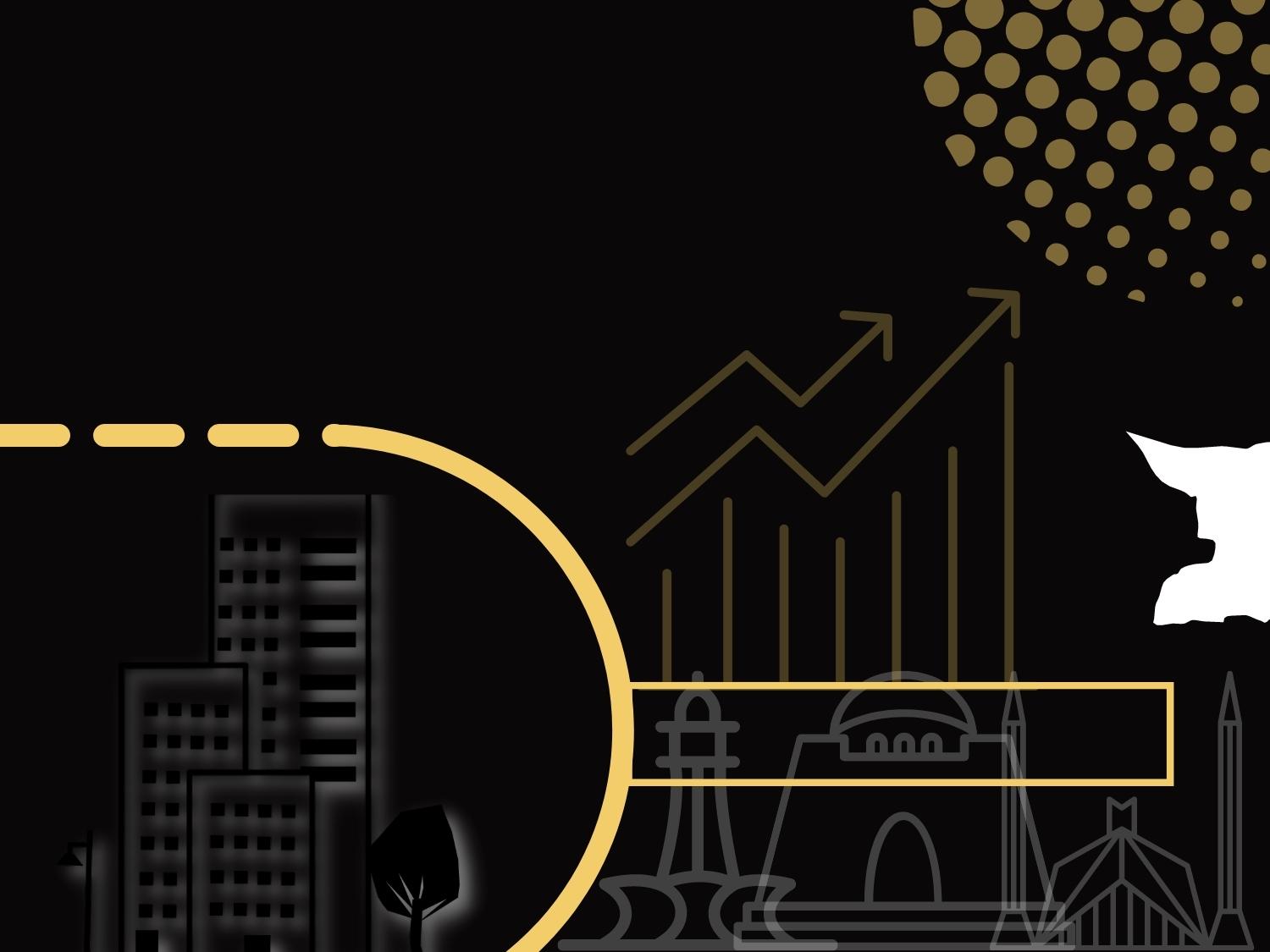
Who wouldn't want high returns on their investments? But are you ready to put your money through the higher risk that comes along with such investments? If your answer to our second question is no, then you might want to prepare yourself for a return that is not in line with your expectations.
In the investment arena, everyone earns a reward in line with the risk they take. If you put your money in a low-risk bond, you will most likely earn a low return. High returns on investments are rewards for taking higher risks. Remember, the bigger the risk, the higher the return!
In this blog, we will give you an insight into several investment options, the risks they carry, the returns they offer and, most importantly, the investment horizon best suited to each alternative.
Listed below are some popular investment options and their basic features:
Each of these asset classes carries different risks, offer different returns, and are suitable for different investment horizons. An investor must choose an asset class that has characteristics most closely in line with his or her requirements.
Stock investments offer no guarantee for the safety of your principal, however by taking greater risk in investing in stocks, you can also expect higher returns.
Two important aspects that one must consider before choosing an asset class are.
The following example illustrates how important these two aspects are and how they intertwine to mitigate or manage risk.
Suppose Ayesha currently has Rs 0.5 Million and wishes to buy a car in five years, the car's current price is Rs 1 Million. To keep things simple, we assume that inflation will have no impact on the price of this car.
According to Ayesha's calculations, to have Rs 1 Million in five years, she must invest her Rs 0.5 Million in an asset class that pays her a 15% annual return.
Table 1: Ayesha's calculations and expectations.
|
Amount (Rs) |
Year |
Annual Returns |
|
500,000 |
- |
- |
|
575,000 |
1 |
15% |
|
661,250 |
2 |
15% |
|
760,438 |
3 |
15% |
|
874,503 |
4 |
15% |
|
1,005,679 |
5 |
15% |
Ayesha's friend tells her that the average return offered by stocks is approximately 12 -15% annually. Based on her friend's argument, Ayesha invests all her money in stocks. If you are faintly familiar with the stock market, you would have already realized the very obvious mistake Ayesha has made. By choosing stocks, Ayesha has failed to account for the most distinguishing characteristic of stock investments, that is, the constant fluctuation in stock prices. She has confused an average return of 15% with an annual return of 15 %. The average return means that after swings each year, the average return at the end of the period comes out to be 15%.
Now let's see how Ayesha's investment in stocks plays out. At the end of the first year, Ayesha’s money grew by Rs 24%. In the second year, though, her investment declines by 11%, which brings Ayesha’s original investment plus her first year’s earning (a sum of Rs 6.2 lacs) down to Rs 5.82 lacs. Since Ayesha was expecting 15% returns every year, this decline comes as a shock to her. Fearing a further decline in the stocks, she sells her stocks and invests her Rs 5.82 lacs in a fixed deposit that pays an 8% annual return.
Table 2: Ayesha's investment returns (Year 1 & Year 2 in stocks, Years 3,4 & 5 in a fixed deposit).
|
Year |
Amount (Rs) |
Annual Returns |
Asset Class |
|
- |
500,000 |
- |
|
|
1 |
620,000 |
24% |
Equity |
|
2 |
551,800 |
-11% |
Equity |
|
3 |
595,944 |
8% |
Fixed Deposit |
|
4 |
643,620 |
8% |
Fixed Deposit |
|
5 |
695,109 |
8% |
Fixed Deposit |
|
Average Return |
7% |
||
As shown in Table 2, after investing in fixed deposits, the average return on Ayesha’s investments came out to be 7%, and her investment only grew by around Rs 2 lacs.
Can you identify the shortcomings in Ayesha’s plan?
|
Year |
Amount |
Annual Returns |
|
- |
500,000 |
- |
|
1 |
620,000 |
24% |
|
2 |
551,800 |
-11% |
|
3 |
518,692 |
-6% |
|
4 |
674,300 |
30% |
|
5 |
964,248 |
43% |
|
6 |
809,969 |
-16% |
|
7 |
728,972 |
-10% |
|
8 |
984,112 |
35% |
|
9 |
1,554,897 |
58% |
|
10 |
1,601,544 |
3% |
|
|
Average |
15% |
Here are some points that could help you chose your asset class:



